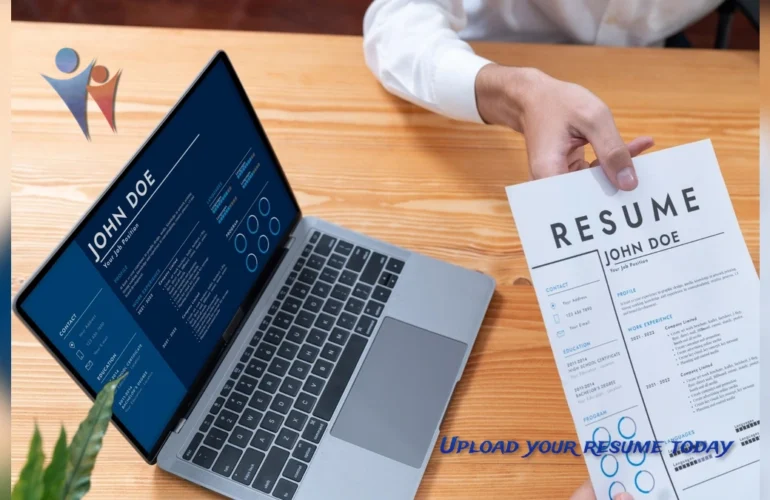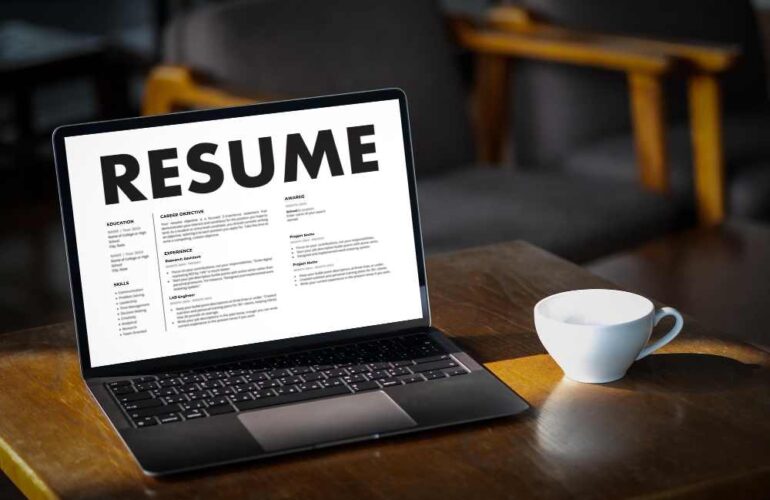How to Write a Resume Objective That Gets You Noticed in 2025
How to Write a Resume Objective That Gets You Noticed in 2025. Your resume still needs to open strong, and that starts with your objective.
But here’s the truth:
Write a Resume: Most job seekers write vague, boring objectives that do nothing to help them stand out. A great resume objective is not just a formality — it’s your first chance to make a great impression.
Write a Resume Objective
Write a Resume: Whether you’re applying for jobs in Qatar, the UAE, or any Gulf country, here’s how to write an impactful, customised objective that makes recruiters pay attention.
What is a Resume Objective?
Write a Resume: A resume objective is a 2–3-line summary at the top of your CV. It tells the employer:
- Who are you professionally
- What you bring to the table
- What kind of role are you targeting
It’s especially useful if:
- You’re changing careers
- You’re applying internationally (e.g., to Qatar)
- You’re a fresher or entry-level candidate
- You’re applying to a specific job role
What a Bad Objective Looks Like
Write a Resume: Let’s start with what NOT to write:
“Seeking a challenging opportunity in a progressive organization to utilize my skills.”
This is too generic. It doesn’t say who you are, what you do, or why they should hire you.
What a Good Resume Objective Looks Like
Write a Resume: Here’s a solid example for a hospitality job:
“Experienced waiter with 4+ years of customer service in 5-star hotels in Dubai and Doha. Skilled in handling high-pressure environments, POS systems, and multi-lingual guests. Seeking a front-line role in a fast-paced hospitality setting.”
Or for a construction role:
“Mason with 6 years’ experience in block work, plastering, and tiling in Gulf projects. Looking to contribute to a leading construction firm in Qatar. Strong record in quality, teamwork, and safety compliance.”
How to Write Your Own Objective (Step-by-Step)
Step 1: Start with your job title or profession
-
Electrician, Registered Nurse, Waiter, Accountant, Data Entry Operator, etc.
Step 2: Add your experience (years + location if relevant)
- “with 5+ years in Gulf construction projects”
- “With recent experience in the Qatar hospitality sector”
Step 3: Mention key skills or achievements
- “Skilled in Autocad & site supervision”
- “Fluent in English & Arabic”
- “Known for fast service & guest satisfaction”
Step 4: Show intention
-
“Looking to join a reputed company in Doha”
-
“Eager to contribute to a high-performing team in the healthcare industry”
Examples by Industry
Write a Resume Construction:
“Civil Foreman with 8 years of experience in GCC projects, including Ras Laffan and Lusail. Skilled in manpower management, reading site plans, and meeting deadlines under pressure.”
Write a Resume for Healthcare:
“Registered Nurse with 5+ years of ICU and ER experience in the Philippines and Saudi Arabia. DHA licensed and QCHP processing. Looking to join a reputable hospital in Qatar.”
Write a Resume Office/Admin:
“Data Entry Operator with 4 years of experience in logistics firms in UAE. Proficient in Excel, SAP, and accurate typing. Seeking back-office support role in a structured company.”
Write a Resume for Housekeeping:
“Professional housekeeping attendant with 3+ years of experience in 4-star hotels in Doha. Trained in hygiene protocols, guest interaction, and daily room service procedures.”
Resume Objective vs. Resume Summary: What’s the Difference?
A resume objective tells what you’re looking for.
A resume summary focuses more on your achievements.
In 2025, you can use either, but job seekers applying to Gulf jobs or changing roles should prefer the objective, especially when paired with ATS-optimised resumes.
Tips for Making Your Objective Stand Out
- 🛠️ Use keywords from the job posting
- ✂️ Keep it short (2–3 lines max)
- 🎯 Be specific — avoid vague statements
- 👀 Customise it for each application
- 🧠 Think like the employer: what value do you offer?
Bonus: Add It to the Top of Your CV
Place the objective just below your name and contact info, before your work experience. Use bold headers like:
Professional Objective
or
Career Objective
Want Help Writing Your Perfect Resume?
At Mahad Manpower Qatar, we help you write powerful, employer-ready resumes tailored for job markets in Qatar, Saudi Arabia, and the UAE.
We’ll help you:
- Build a strong resume objective
- Add Gulf-standard formatting
- Pass ATS systems used by top companies
📤 Submit your resume today at: www.mahadmanpower.com
📞 WhatsApp: +974 7012 3199
🌐 Search jobs: www.mahadjobs.com





 7. Data Literacy and Analysis
7. Data Literacy and Analysis


